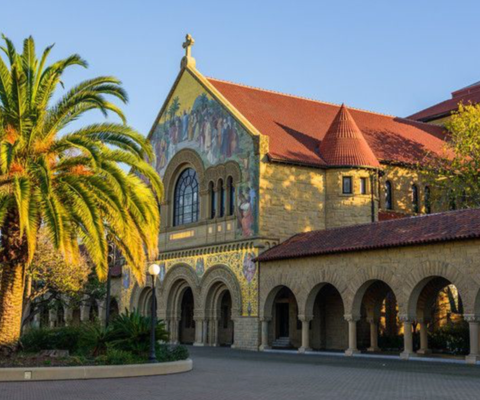Mission Statement: Our mission at Stanford is to educate and inspire leaders in medicine and science who will improve the human health condition through discovery, innovation, scholarship, education, and the delivery of outstanding patient-centered care.
Following the aftermath of a report from the National Institutions of Health (NIH) that described major obstacles facing the physician-scientist workforce, Stanford assembled students, faculty and Nobel laureates to enhance the systems currently in place in order to optimize the School of Medicine’s curriculum. This essay hopes to explain why the change was necessary and what changes were implemented.
In true Stanford and Silicon Valley spirit, a situation was assessed, opportunities for improvement identified, and a strategic plan implemented.
- Contents
- The Past
- The Opportunity
- The Future
The Past
According to PJ Utz, MD, associate dean for medical student research at Stanford, over the past 15 years, physician-scientists in their fifth decade of life decreased from 7000 to approximately 4000 nationwide. In order to close the gap, 200 additional physician-scientists need to be trained annually across the nation, says Utz. Since the largest group of physician-scientists in America hold an MD degree as their sole professional degree, and since the duration of training is long and student debt high, the Stanford Medical School curriculum was deemed in need of adjustment. The medical school committed to optimize opportunities and incentives for students to pursue the physician-scientist pathway.
The Present
Until recently, Stanford School of Medicine, a hub of biomedical and technological innovation, required one quarter of scientific research to graduate. However, the curriculum was inflexible and disjointed, often separating students that wanted to pursue longer research projects from their classmates, while requiring an additional year of study. Uncommon in the US, up to 85% of Stanford medical students opt for an extra year of medical school to complete their scholarly pursuits. Unique to Stanford students is the motivation to search for a discovery that improves people’s lives. What culminated was a three-year project, entitled the “Discovery Curriculum,” which creates opportunities and flexibility for long-term research, personal growth, exploration and discovery, all while improving the quality of both coursework and teaching.
The Future
This Stanford Discovery Curriculum introduces research to medical students earlier in their education, while not requiring seven to eight years to complete the MD-PhD requirements, nor two additional years to earn a Masters’ degree. Now that this transformational curriculum is fully operational, Stanford medical students have new courses, more flexibility and financial incentives to pursue long-term research, all in a nurturing and supportive environment.




